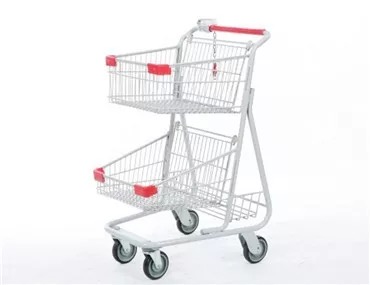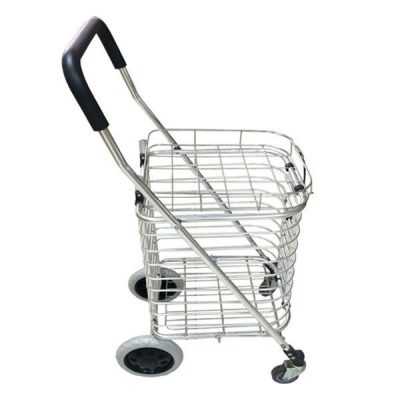The shopping cart is inspired by folding chairs.
By the end of the 1930s, significant changes had taken place: Freon was developed in 1930, and freezers began to spread widely. By the end of the 1930s, more than half of American households had refrigerators.
In this way, shoppers can buy more goods at one time than they eat that day.
Then there is the problem: In those days, self-service supermarkets only offered baskets made of wire.
If the housewife feels that she is carrying too much, she will automatically reduce her desire to buy.
Goldman Sachs recalled in 1970 that if we allowed housewives to carry two shopping baskets and free up one hand to select goods, we would be able to do more business.
Goldman Sachs began to realize that in order to sell more products, he had to find a way to make it easier for customers to shop.
Goldman Sachs found a big pain point.
The solution is: when the clerk sees the customer’s basket is full, he will hand it to the cashier and give them an empty basket. This proved to be a bit too complicated.
One night, when Goldman Sachs was struggling, he saw a folding chair in the office and felt that a bright future was calling. Goldman Sachs jumped.
Goldman Sachs was too excited to sleep. Early the next morning, he went to a repair shop and found a repairman.
Therefore, the life-changing shopping trolley is here.
A folding chair, a basket, four wheels and a supermarket cart were born.
Goldman Sachs also made a number of improvements to the shopping cart, including a shopping basket that can be taken out when not in use, and a folding shopping cart that can be nested together to save space.
Goldman Sachs is very excited. The customer’s purchasing power is one-third of that of the customer. The entire shopping experience has become so much easier that housewives no longer have to carry a 15-20 pound shopping basket with them.



















